
Concept explainers
Give the symbol showing the
- a. 9 protons and 10 neutrons (used in nuclear medicine).
- b. 26 protons and 30 neutrons (the most stable isotope of this element).
- c. 86 protons and 136 neutrons (the radioactive gas found in some homes).
(a)
Interpretation:
The symbol has to be given for the isotope which has 9 protons and 10 neutrons.
Concept Introduction:
According to modern periodic table, both the physical and chemical properties of elements depend on their atomic number in a periodic way.
Modern periodic table contains groups and periods where the elements same number of outer electrons comes under same group and elements having same number of electron shells are in same period.
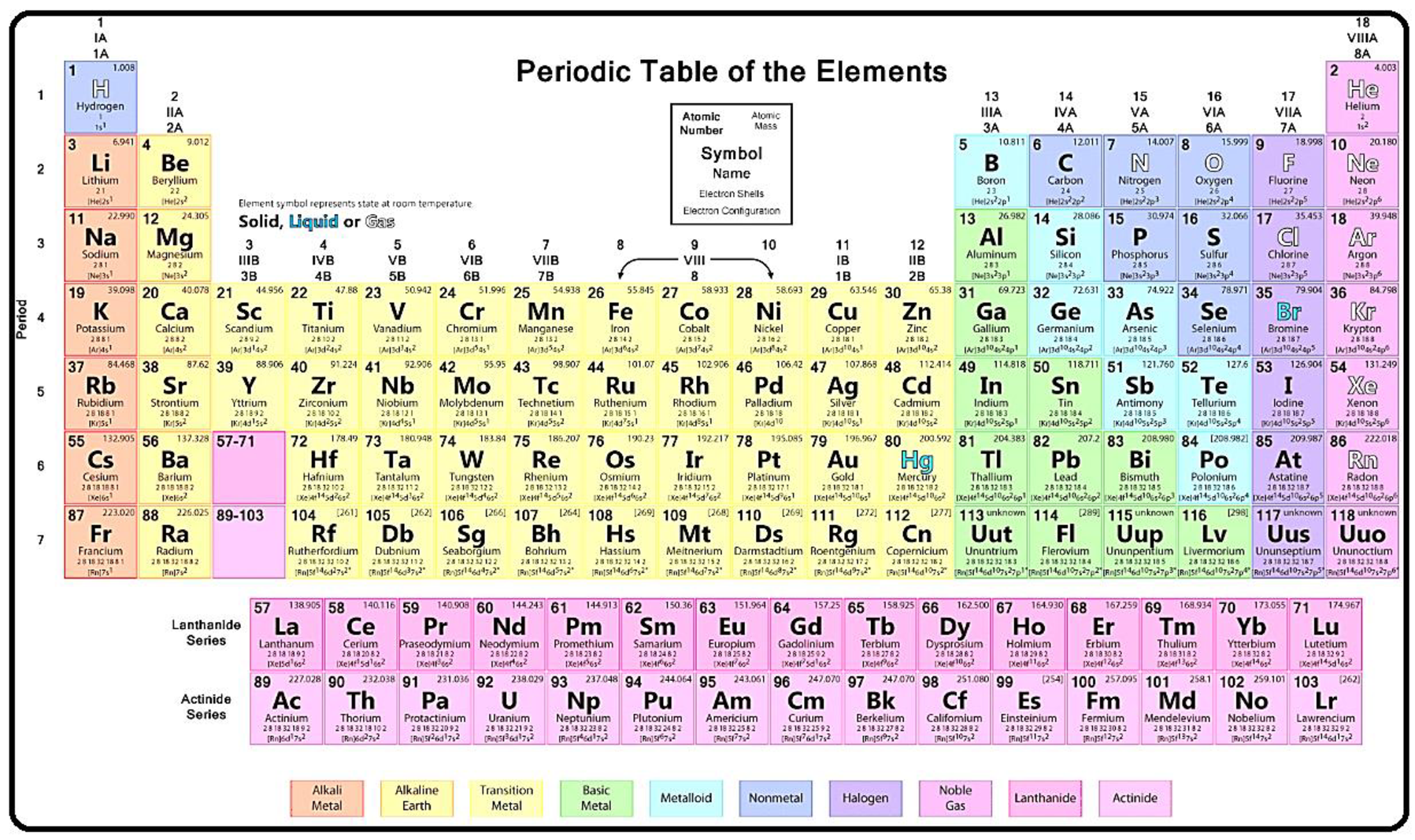
Figure 1
In a periodic table, an element is represented as shown below,
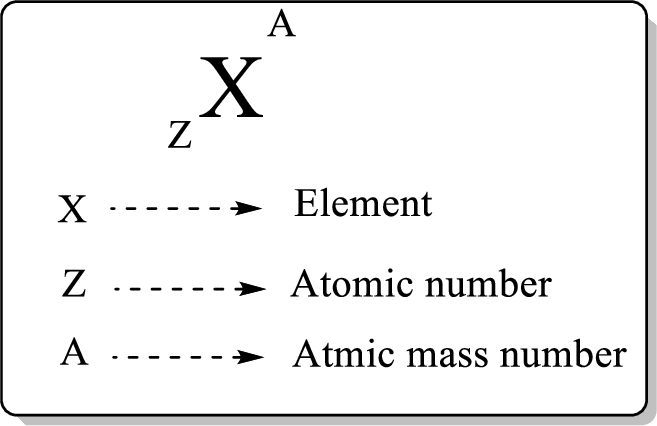
Atomic number is equal to the number of proton (
The atomic mass can be calculated using the formula,
Isotopes are species which have the same number of protons and different mass number.
Examples:
Explanation of Solution
The given isotope has 9 protons and 10 neutrons. Proton number helps to find the isotope’s symbol.
The element which has nine protons is Flourine and its symbol is F.
Mass number of the isotope can be determined by using the equation,
Thus, the isotope can be represented using its symbol as follows,
(b)
Interpretation:
The symbol has to be given for the isotope which has 26 protons and 30 neutrons.
Concept Introduction:
According to modern periodic table, both the physical and chemical properties of elements depend on their atomic number in a periodic way.
Modern periodic table contains groups and periods where the elements same number of outer electrons comes under same group and elements having same number of electron shells are in same period.
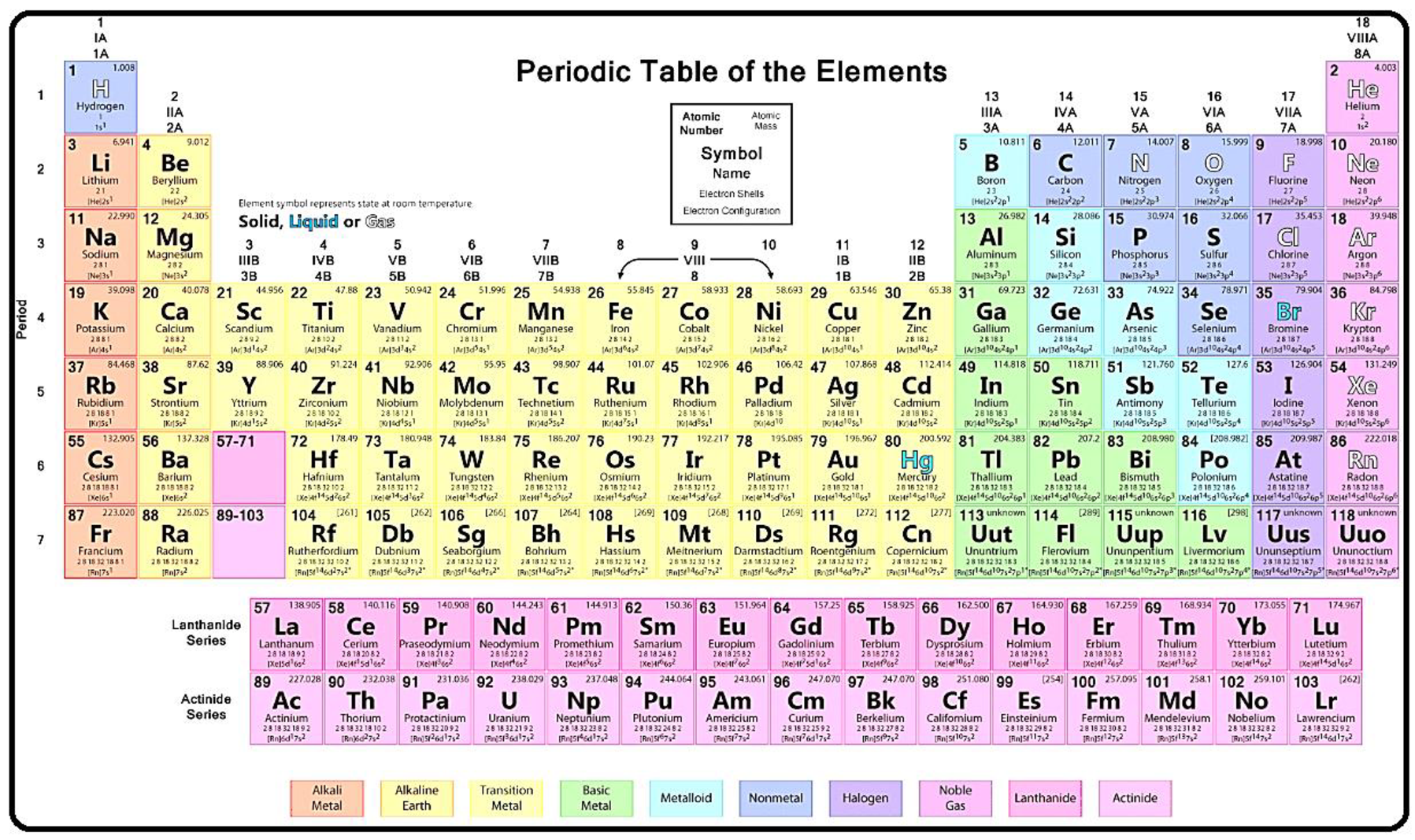
Figure 1
In a periodic table, an element is represented as shown below,
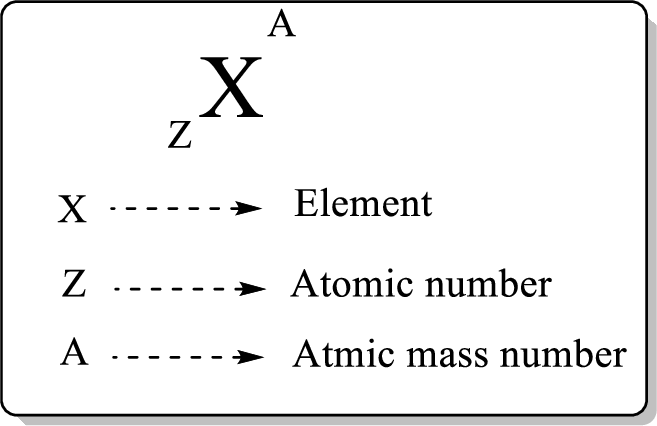
Atomic number is equal to the number of proton (
The atomic mass can be calculated using the formula,
Isotopes are species which have the same number of protons and different mass number.
Examples:
Explanation of Solution
The given isotope has 26 protons and 30 neutrons. Proton number helps to find the isotope’s symbol.
The element which has 26 protons is Iron and its symbol is Fe.
Mass number of the isotope can be determined by using the equation,
Thus, the isotope can be represented using its symbol as follows,
(c)
Interpretation:
The symbol has to be given for the isotope which has 86 protons and 136 neutrons.
Concept Introduction:
According to modern periodic table, both the physical and chemical properties of elements depend on their atomic number in a periodic way.
Modern periodic table contains groups and periods where the elements same number of outer electrons comes under same group and elements having same number of electron shells are in same period.
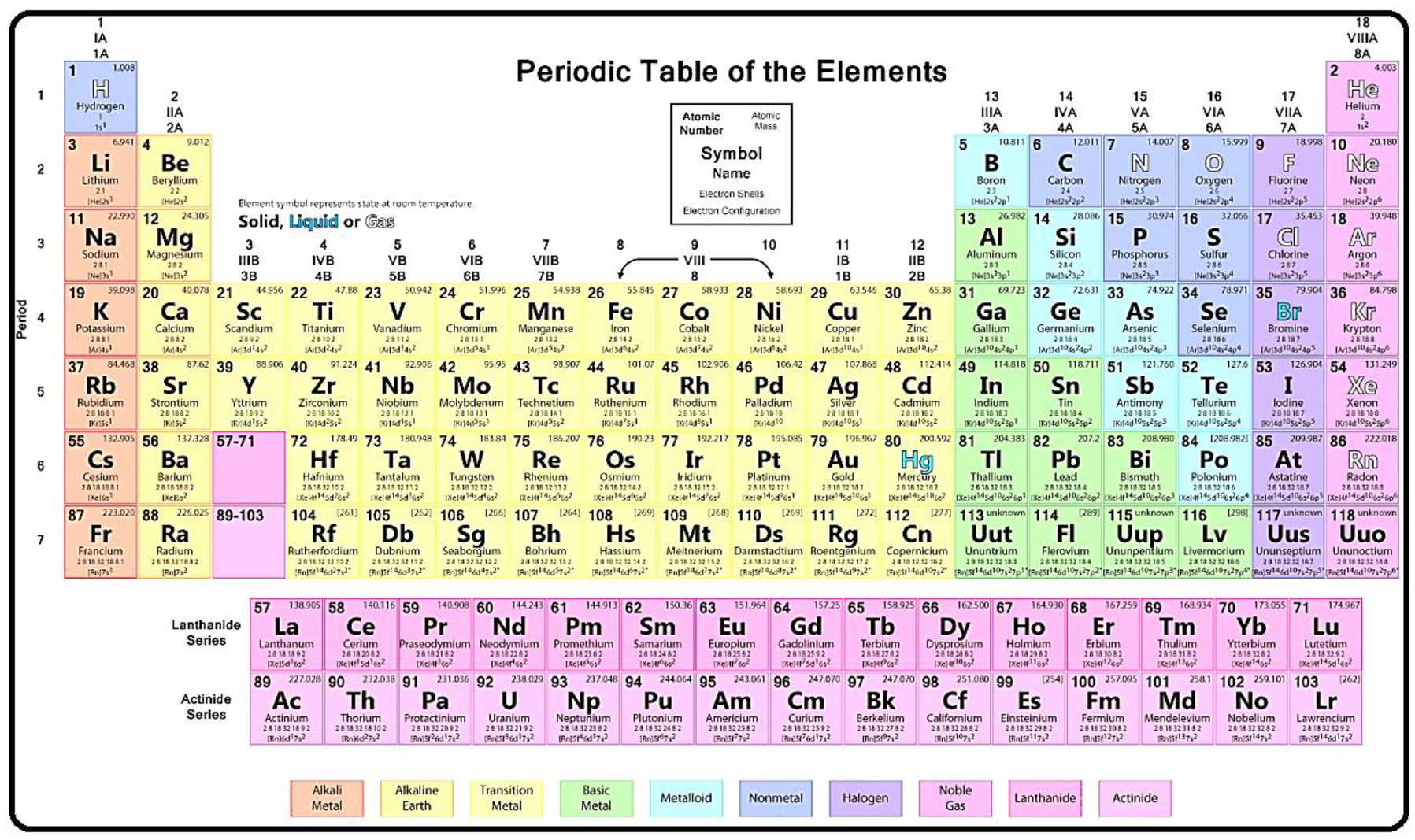
Figure 1
In a periodic table, an element is represented as shown below,
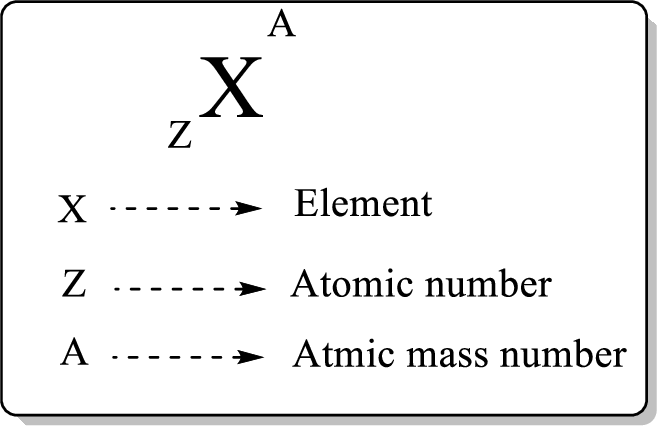
Atomic number is equal to the number of proton (
The atomic mass can be calculated using the formula,
Isotopes are species which have the same number of protons and different mass number.
Examples:
Explanation of Solution
The given isotope has 86 protons and 136 neutrons. Proton number helps to find the isotope’s symbol.
The element which has 86 protons is Radon and its symbol is Rn.
Mass number of the isotope can be determined by using the equation,
Thus, the isotope can be represented using its symbol as follows,
Want to see more full solutions like this?
Chapter 2 Solutions
Chemistry in Context
Additional Science Textbook Solutions
Concepts of Genetics (12th Edition)
Organic Chemistry
MARINE BIOLOGY
HUMAN ANATOMY
Cosmic Perspective Fundamentals
- Hand written equations pleasearrow_forward> each pair of substrates below, choose the one that will react faster in a substitution reaction, assuming that: 1. the rate of substitution doesn't depend on nucleophile concentration and 2. the products are a roughly 50/50 mixture of enantiomers. Substrate A Substrate B Faster Rate X Ś CI (Choose one) (Choose one) CI Br Explanation Check Br (Choose one) © 2025 McGraw Hill LLC. All Rights Farrow_forwardNMR spectrum of ethyl acetate has signals whose chemical shifts are indicated below. Which hydrogen or set of hydrogens corresponds to the signal at 4.1 ppm? Select the single best answer. The H O HỌC—C—0—CH, CH, 2 A ethyl acetate H NMR: 1.3 ppm, 2.0 ppm, 4.1 ppm Check OA B OC ch B C Save For Later Submit Ass © 2025 McGraw Hill LLC. All Rights Reserved. Terms of Use | Privacy Center |arrow_forward
- How many signals do you expect in the H NMR spectrum for this molecule? Br Br Write the answer below. Also, in each of the drawing areas below is a copy of the molecule, with Hs shown. In each copy, one of the H atoms is colored red. Highlight in red all other H atoms that would contribute to the same signal as the H already highlighted red Note for advanced students: In this question, any multiplet is counted as one signal. 1 Number of signals in the 'H NMR spectrum. For the molecule in the top drawing area, highlight in red any other H atoms that will contribute to the same signal as the H atom already highlighted red. If no other H atoms will contribute, check the box at right. Check For the molecule in the bottom drawing area, highlight in red any other H atoms that will contribute to the same signal as the H atom already highlighted red. If no other H atoms will contribute, check the box at right. O ✓ No additional Hs to color in top molecule ง No additional Hs to color in bottom…arrow_forwardin the kinetics experiment, what were the values calculated? Select all that apply.a) equilibrium constantb) pHc) order of reactiond) rate contstantarrow_forwardtrue or false, given that a 20.00 mL sample of NaOH took 24.15 mL of 0.141 M HCI to reach the endpoint in a titration, the concentration of the NaOH is 1.17 M.arrow_forward
- in the bromothymol blue experiment, pKa was measured. A closely related compound has a Ka of 2.10 x 10-5. What is the pKa?a) 7.1b) 4.7c) 2.0arrow_forwardcalculate the equilibrium concentration of H2 given that K= 0.017 at a constant temperature for this reaction. The inital concentration of HBr is 0.050 M.2HBr(g) ↔ H2(g) + Br2(g)a) 4.48 x 10-2 M b) 5.17 x 10-3 Mc) 1.03 x 10-2 Md) 1.70 x 10-2 Marrow_forwardtrue or falsegiven these two equilibria with their equilibrium constants:H2(g) + CI2(l) ↔ 2HCI(g) K= 0.006 CI2(l) ↔ CI2(g) K= 0.30The equilibrium contstant for the following reaction is 1.8H2(g) + CI2 ↔ 2HCI(g)arrow_forward
- I2(g) + CI2(g) ↔ 2ICIK for this reaction is 81.9. Find the equilibrium concentration of I2 if the inital concentration of I2 and CI2 are 0.010 Marrow_forwardtrue or false,the equilibrium constant for this reaction is 0.50.PCI5(g) ↔ PCI3(g) + CI2(g)Based on the above, the equilibrium constant for the following reaction is 0.25.2PCI5(g) ↔. 2PCI3(g) + 2CI2(g)arrow_forwardtrue or false, using the following equilibrium, if carbon dioxide is added the equilibrium will shift toward the productsC(s) + CO2(g) ↔ 2CO(g)arrow_forward
 ChemistryChemistryISBN:9781305957404Author:Steven S. Zumdahl, Susan A. Zumdahl, Donald J. DeCostePublisher:Cengage Learning
ChemistryChemistryISBN:9781305957404Author:Steven S. Zumdahl, Susan A. Zumdahl, Donald J. DeCostePublisher:Cengage Learning
 Chemistry: The Molecular ScienceChemistryISBN:9781285199047Author:John W. Moore, Conrad L. StanitskiPublisher:Cengage Learning
Chemistry: The Molecular ScienceChemistryISBN:9781285199047Author:John W. Moore, Conrad L. StanitskiPublisher:Cengage Learning
 Chemistry: Principles and PracticeChemistryISBN:9780534420123Author:Daniel L. Reger, Scott R. Goode, David W. Ball, Edward MercerPublisher:Cengage Learning
Chemistry: Principles and PracticeChemistryISBN:9780534420123Author:Daniel L. Reger, Scott R. Goode, David W. Ball, Edward MercerPublisher:Cengage Learning Chemistry by OpenStax (2015-05-04)ChemistryISBN:9781938168390Author:Klaus Theopold, Richard H Langley, Paul Flowers, William R. Robinson, Mark BlaserPublisher:OpenStax
Chemistry by OpenStax (2015-05-04)ChemistryISBN:9781938168390Author:Klaus Theopold, Richard H Langley, Paul Flowers, William R. Robinson, Mark BlaserPublisher:OpenStax





